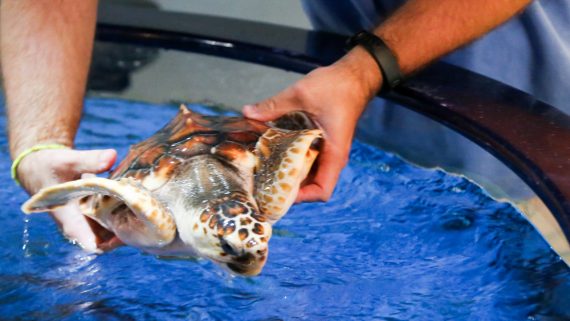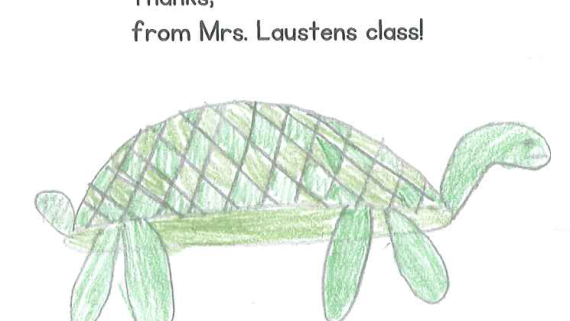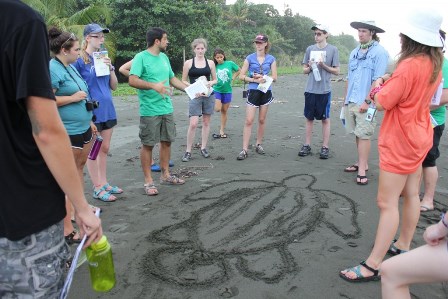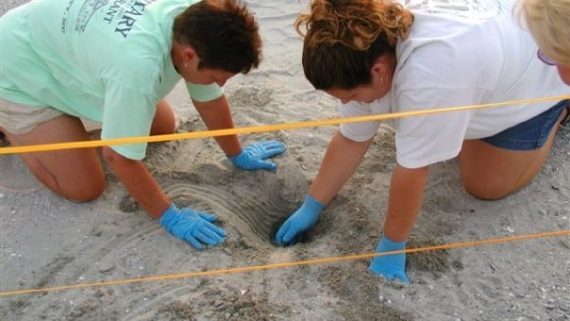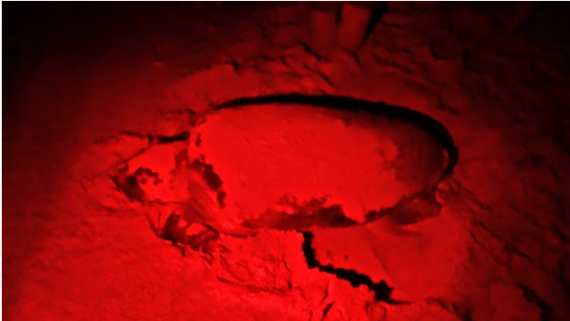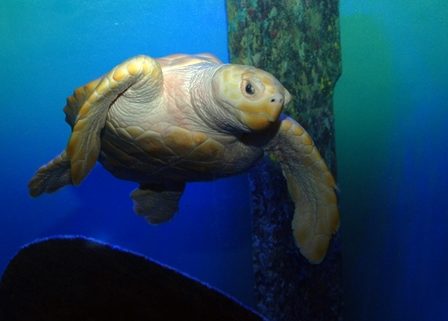Nesting Numbers
Nesting season is coming to a close, but not without record nesting numbers! Take a look at last summer’s nests compared with this past summer’s nests on the beaches near the Aquarium:
[table id=8 /]
In fact, Fort Fisher had 33 more nests than its previous high record back in 2012. High sea turtle nesting numbers are not just in North Carolina, but similar trends are being reported all along the coast. So, what does this mean? Can we expect next summer to have an even higher number in nests? Not necessarily.
Sea turtle nesting is cyclical, which means it tends to fluctuate between higher nests and lower nests year to year. Sea turtle nests were very low in 2014 so many scientists were actually expecting an increase in nesting this year. Now take a look at the nesting numbers on the beaches near the Aquarium compared with 2013:
[table id=9 /]
With 2013’s data, it is easy to see that some beaches have higher numbers some years, and others do not. This is because the nesting process takes a lot of work for reptiles, especially several hundred pound sea turtles, and requires a lot of energy. Also, some sea turtles may only nest every 2 to 3 years.
With that said, it is still very exciting that so many beaches had such a great sea turtle nesting year! Though each summer will have different nest numbers, we hope that the trend over time will increase towards the upswing.
For more information on nest data, click here. For more lesson plans on nesting, click here and scroll to “Nesting.”
Our new hatchlings are growing by the week! This week, Turtle A is 127.3 grams and 8.5 cm and Turtle B is 93.7 grams and 7.3 cm. For more information on what to do with those numbers, please check out our lesson: Hatchling to Yearling.


